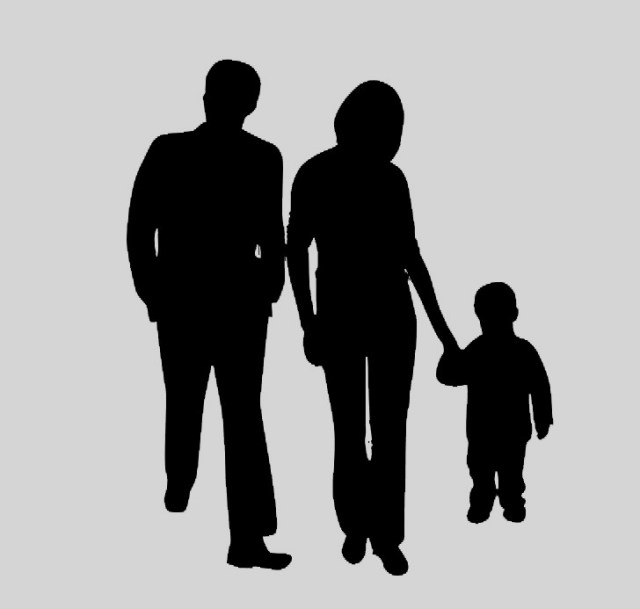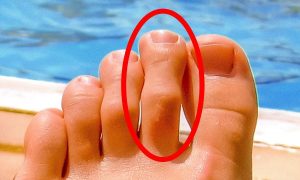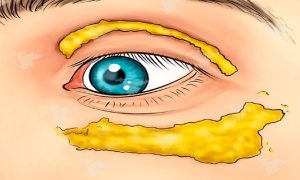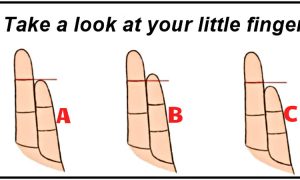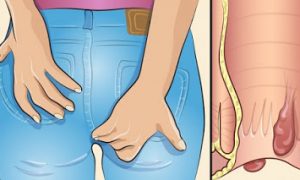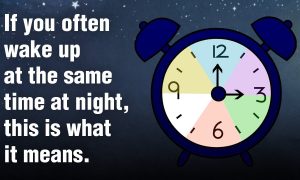Relationships play a huge role for building our persona, for teaching us what we want and what we need in life, and most importantly, they are one of the basic factors for our good health. How we perceive human relationships and what kind of relationships we are getting into can restore or deteriorate our health balance.
According to a study, the adults that are socially isolated face the same risks of inflammation like those that are physically inactive. We suggest you to take this quiz to find out how your own first relationships with people have shaped your personality.
Look at the picture below. What family doesn’t look like “a family”? What do you think at a first gaze, which is not a real one? Don’t think about it too long, just follow your intuition. When you’re done with your observation, scroll below to see the answers.
1. Family #1

If you answered with n.1, you’re not a familiar person, at least not in the traditional ways of understanding family. Your friends are your family, and you treat your closest friends as family members, and you are the happiest when you make them happy! This also gives the aspect of a missing father figure, which is why you do your best to the people that you care about, so you subconsciously take your mother’s role (as the mother figure).
This family may not be the happiest one, but the mother is still very loving and caring towards her child, and shielding it from the (uncaring) father. You don’t want others to grow up the way that you did, so you picked this one.
2. Family #2

If you answered with n.2, that means you’re strongly family oriented, and you understand the concept of family in the traditional way, nothing is more important to you than your family. Your thoughts and believes are into commitment and building up relationships with people on the base of trust. But, no matter how much important your friends are, you put your family first, even if this means forgetting your own needs.
This family look like they’re not very close, don’t they? The adults are not paying enough attention to the child, the mother doesn’t hold his hand nor the father, and the child itself doesn’t want to hold hands too. But, they still walk together as a family, even if they look like a group of strangers walking together.
3. Family #3

If you picked family n.3, you probably come from a very dysfunctional, complicated family and due to your traumatic childhood, you are having difficulties yourself trusting people. This brought up the anxiety and depression, and talking to others and connection with others can be a challenge for you, often a very tough one. You are constantly worried about your future and lose yourself into overthinking.
The family in this picture a real, loving family. They are happy, and look and feel connected together. The parents are almost embracing while walking, and the father holds their child’s hand. Growing up in a complicated family distorted your views of love and connection so you’re very suspicious of healthy relationships. You truly believe that something like that doesn’t exist, or that you’ll never experience


